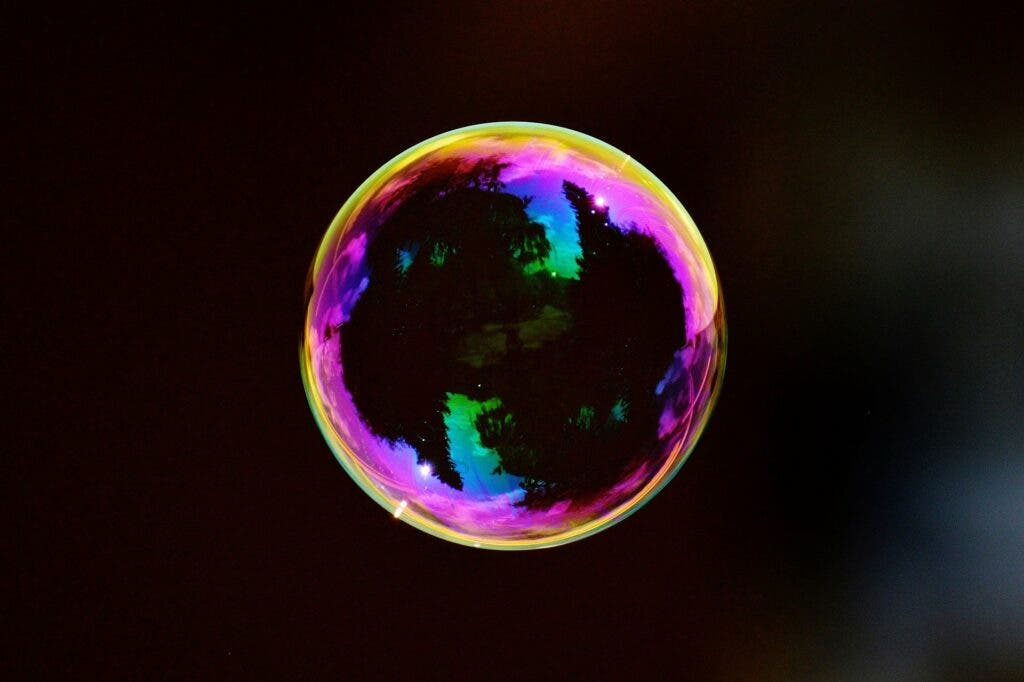New research from the Japan Advanced Institute of Science and Technology plans to fertilize fruit-bearing plants with soap bubbles.

Whimsical? Yes. But researchers in Nomi, Japan, suggest soap bubbles as a low-tech approach to support robotic pollination. Such processes are becoming more important as bees and other insect pollinators struggle under climate change and environmental degradation.
Bubble business
“It sounds somewhat like fantasy, but the functional soap bubble allows effective pollination and assures that the quality of fruits is the same as with conventional hand pollination,” says senior author Eijiro Miyako, an associate professor in the School of Materials Science at the Japan Advanced Institute of Science and Technology.
“In comparison with other types of remote pollination, functional soap bubbles have innovative potentiality and unique properties, such as effective and convenient delivery of pollen grains to targeted flowers and high flexibility to avoid damaging them.”
Some of the team’s previous work included using tiny, toy drones to pollinate flowers. While efficient, that approach very often destroyed the blossoms whey were trying to reach. Bubbles, Miyako observed one afternoon in the park with his son, could work as an alternative.
After confirming in the lab that they could carry grains of pollen around, the team tested five commercially-available surfactants (compounds that can produce bubbles with water) for their ability to create bubbles and their effect on the pollen. They settled on lauramidopropyl betain (A-20AB), as it had a positive effect on the grains after deposition on flowers.
In the end, they settled on pear pollen grains in a 0.4% A-20AB bubble solution, with some other compounds thrown in to stabilize its pH and provide needed ions (such as calcium) for germination.
The authors then loaded the solution into a bubble gun and used it to apply the pollen in a pear orchard. It was very successful, and pears grew merrily. The authors report that every bubble carries around 2,000 grains of pollen directly to the targeted flower. The last step was to install a bubble-producing device on an autonomous drone. This setup had a 90% success rate from a height of two meters and at a drone velocity of two meters per second (meaning the bubbles can be applied while the drone is in transit).
One other advantage of the bubble method is that the solution which carries the grains of pollen can be used to support its activity. Pollen activity mediated through the soap bubbles remained steady three hours after pollination, the team explains, while the grains applied through other methods such as through powder or solution became less effective.
For now the findings are definitely exciting, but it will take more refinement to make it usable on large scales in the field. Another thing to note is that the bubbles can only be applied during mild weather, as raindrops can wash away the pollen from flowers and winds can blow the bubbles away entirely. In the immediate future, the team plans to focus on increasing the efficiency of the system, as the prototype device still wastes pollen (which lands on the ground, not the flowers).
The paper “Soap Bubble Pollination” has been published in the journal iScience.






